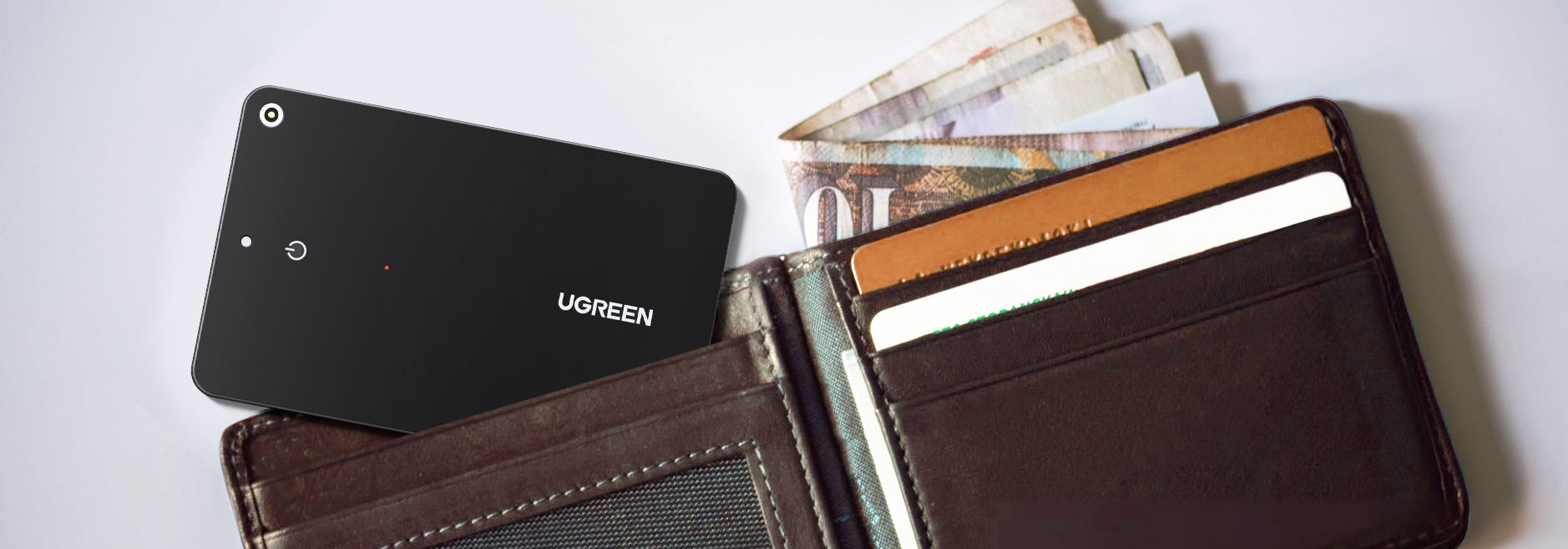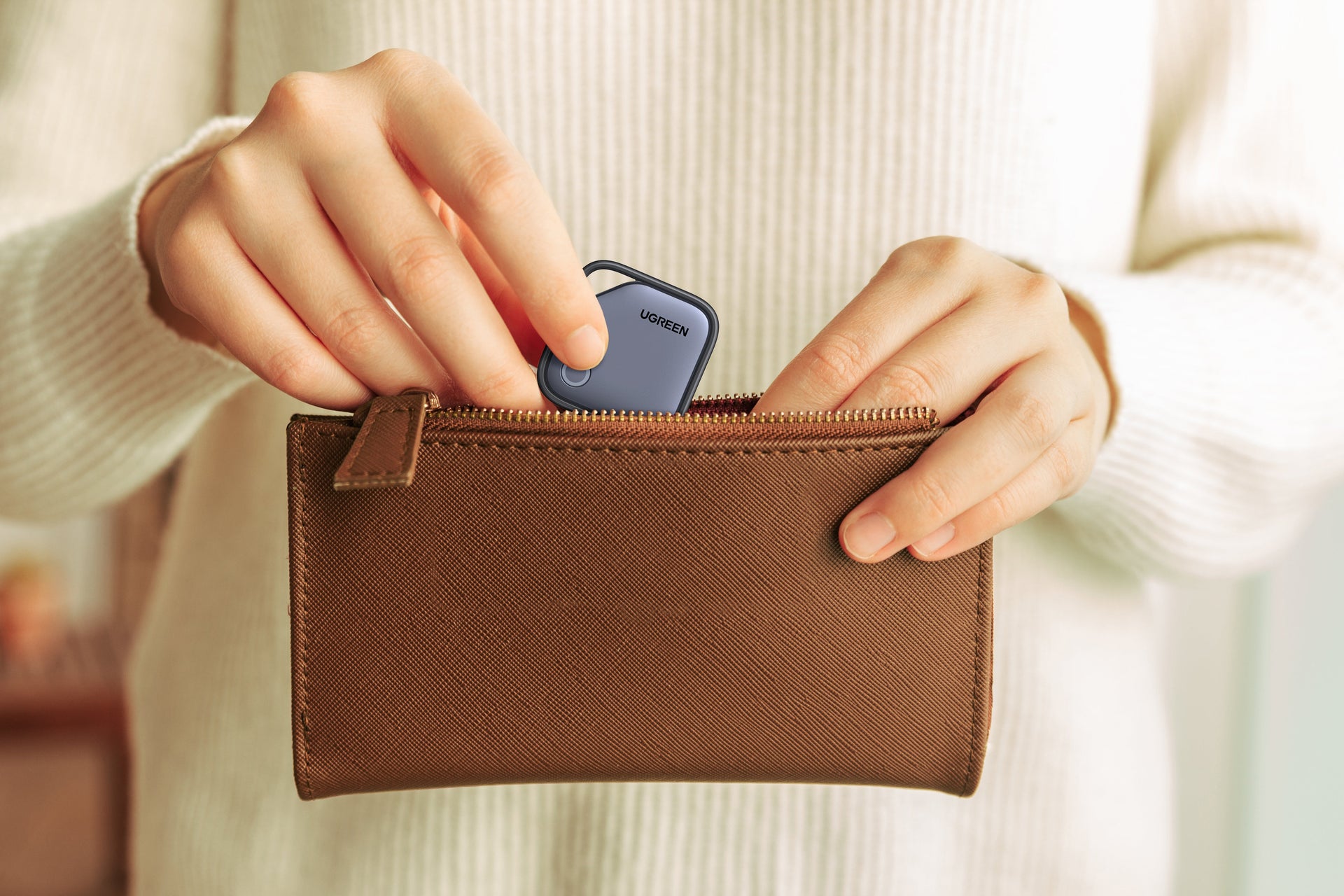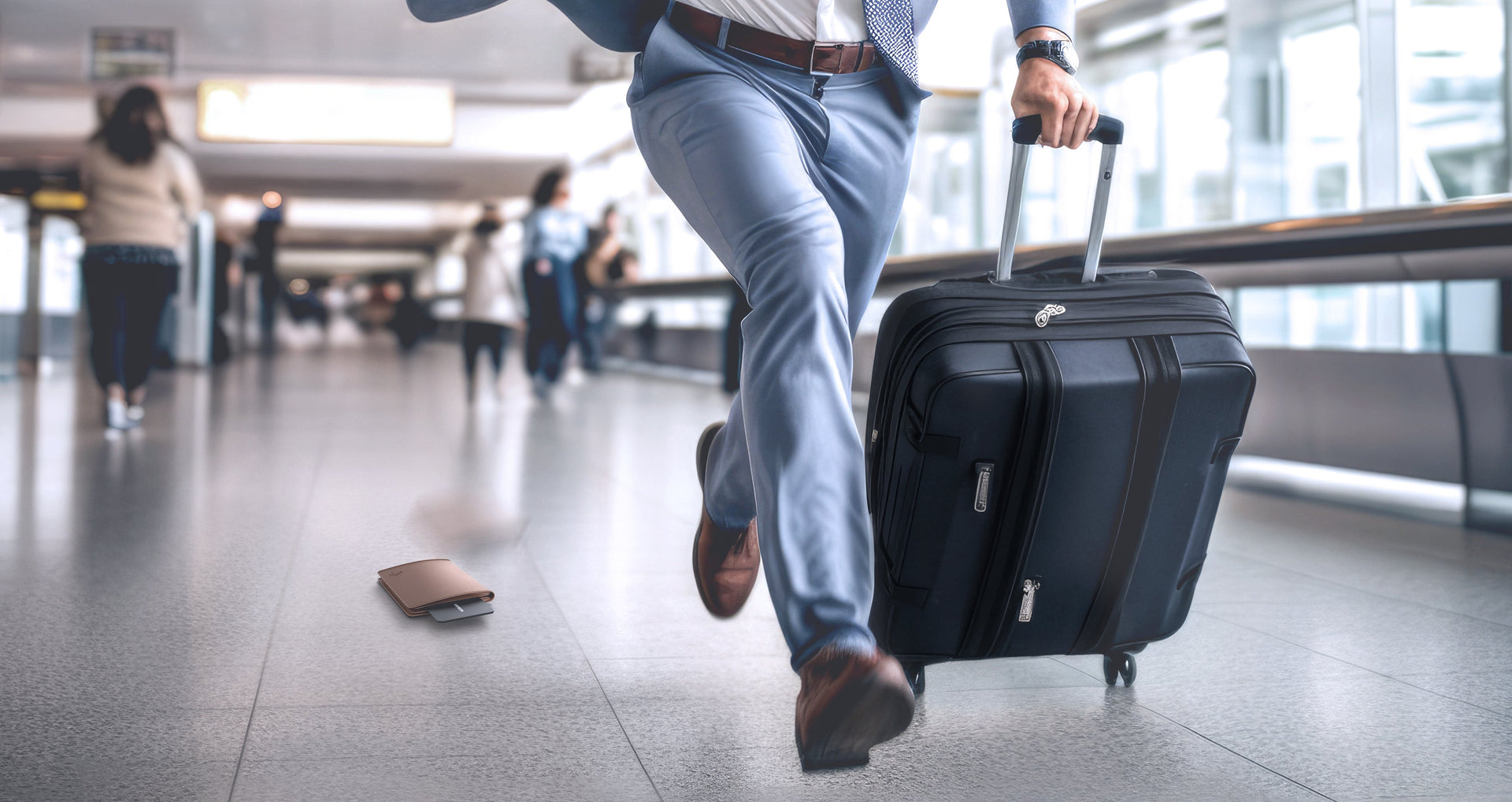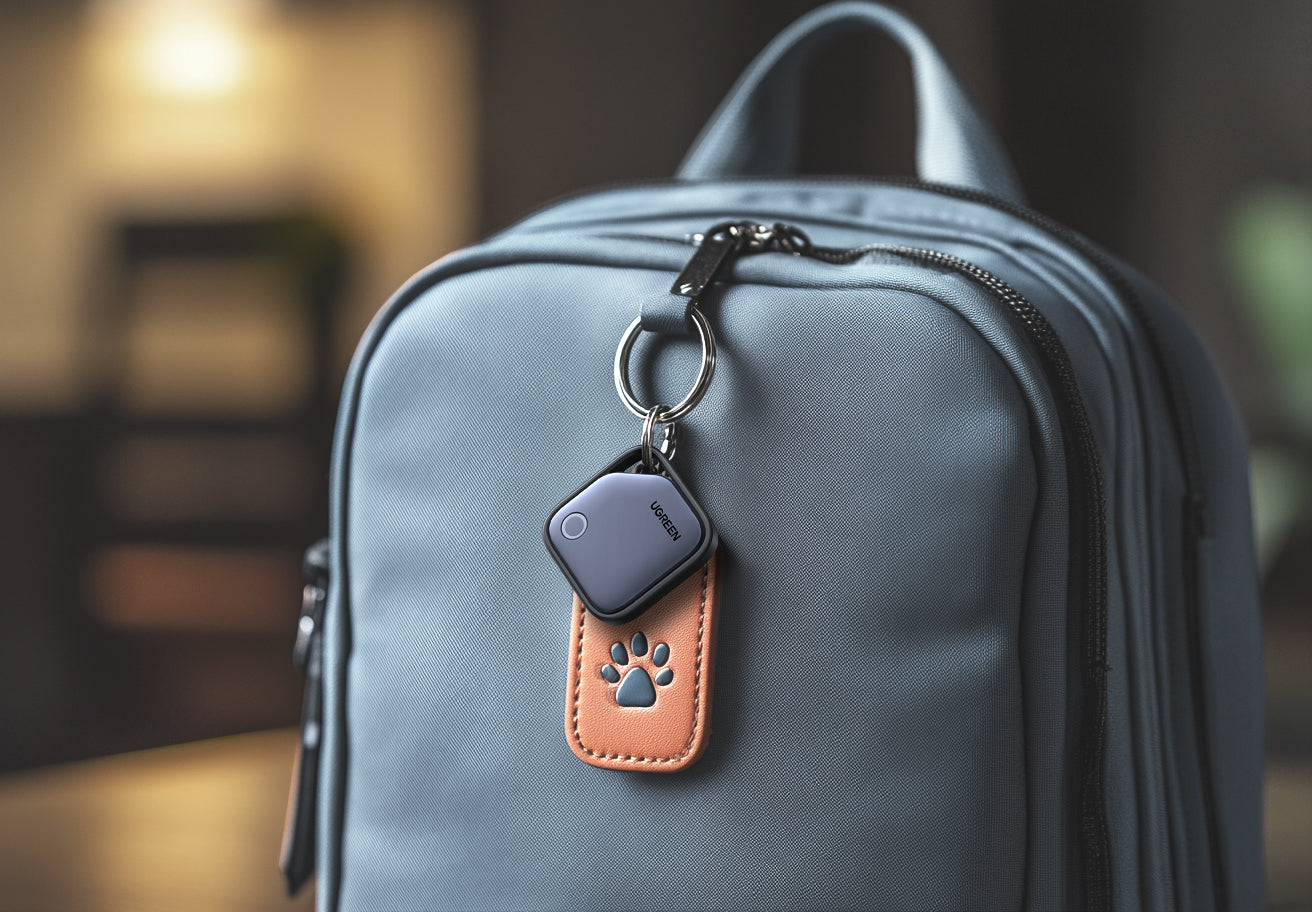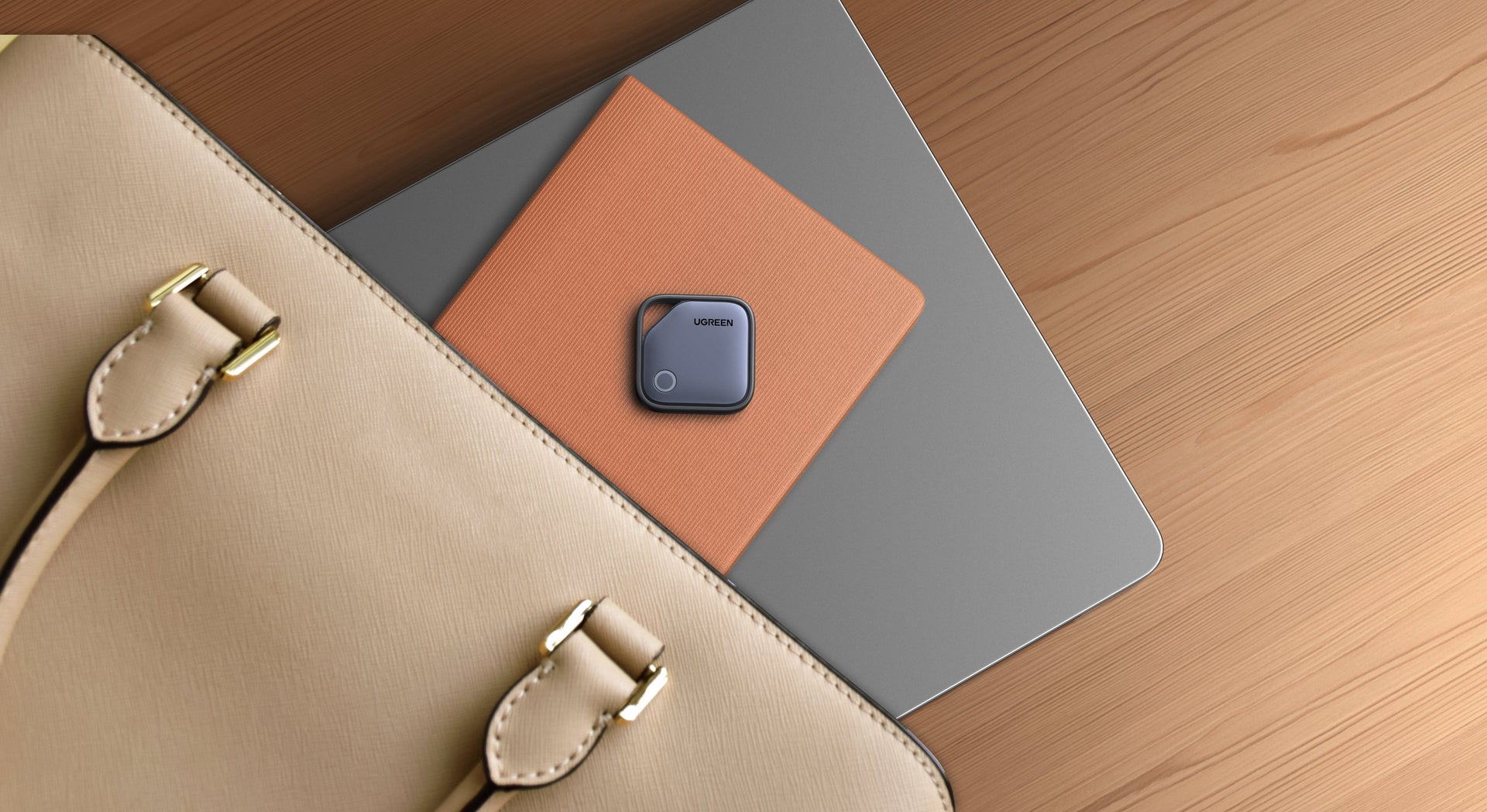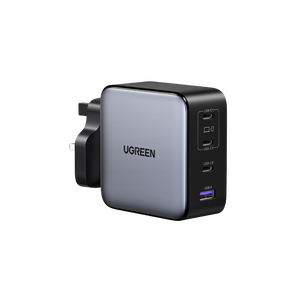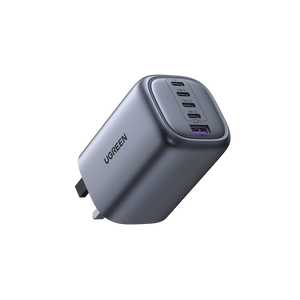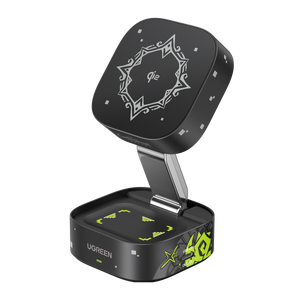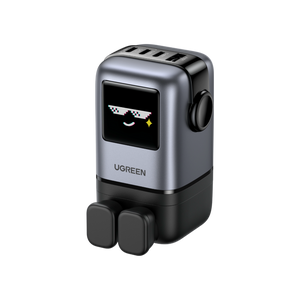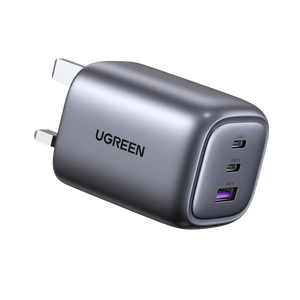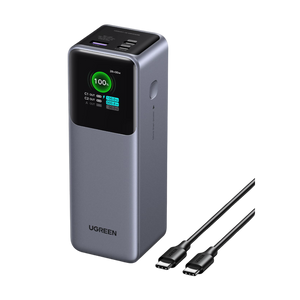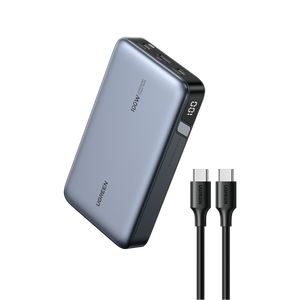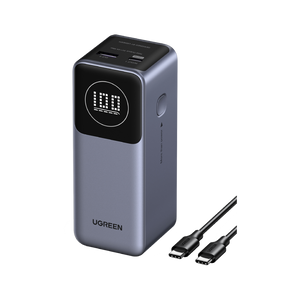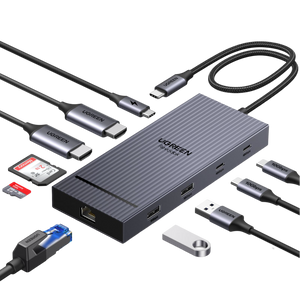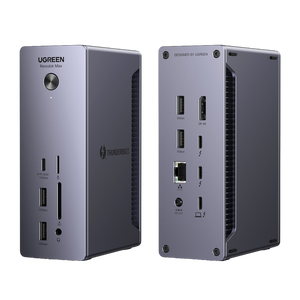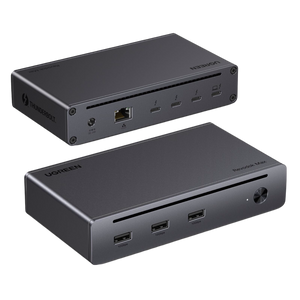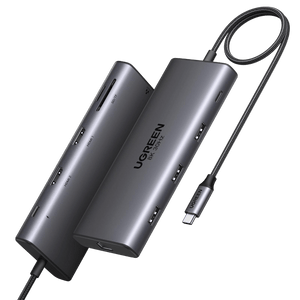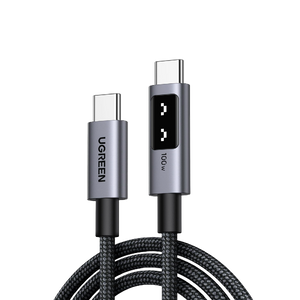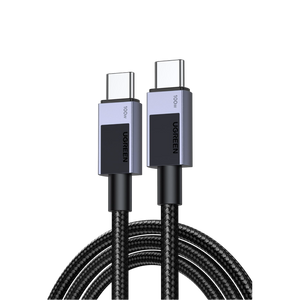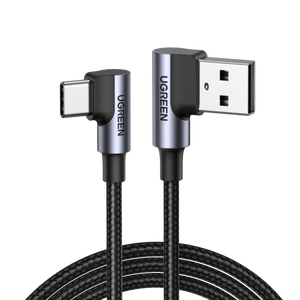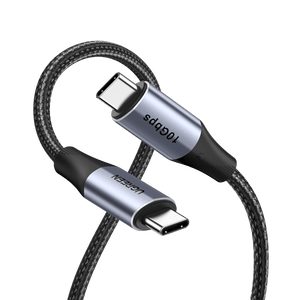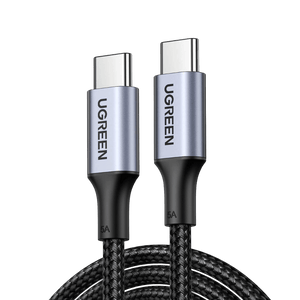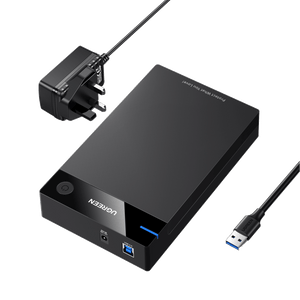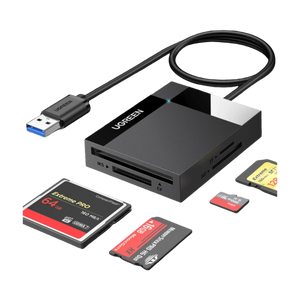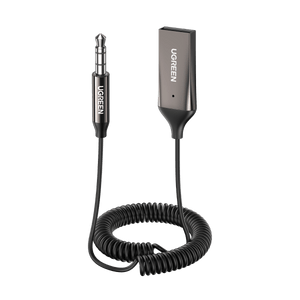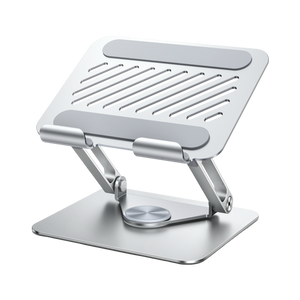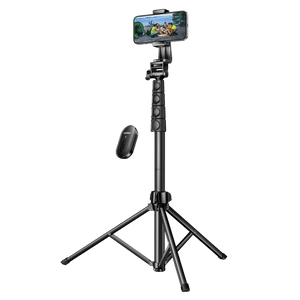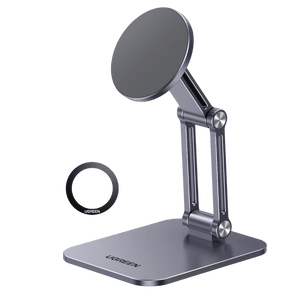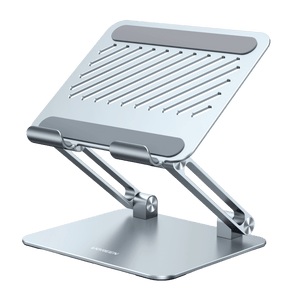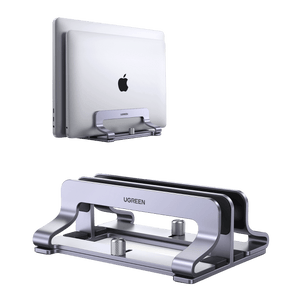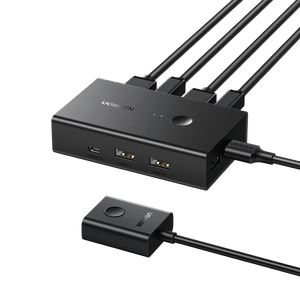How to Keep Your Luggage Safe When Travelling: 18 Tips
Your plane has arrived, and the carousel is turning. Everybody is retrieving their bags except you. Yours is missing. While that sounds dramatic, it is the reality for thousands of people every year. All luggage is at risk of being mishandled or stolen. But for each risk, there is a solution.
With clever planning and tracking technology, most luggage nightmares are preventable. In this guide, we’ve assembled 18 hands-on tips on how to keep your luggage safe and minimise risk. From suitcase selection to in-flight advice, it’s all here. Luggage safety isn’t about locks; it’s about habits. What you want is a system that works. Let’s make luggage security second nature.

Phase 1: Pre-Trip Preparation
1. Choose a Secure Suitcase
Start with your first line of defence: the suitcase. Soft-shell bag cases are convenient, but they’re vulnerable. Any professional thief can cut them wide apart with a pocket knife in a few seconds. Hard-shell travel cases are made from polycarbonate or aluminium. This material has a firm surface that protects valuables during travel.
Look for models with:
- Dual coil zips
- Built-in airport security-approved combination locks
- Hidden compartments to separate high-value contents
Some luggage companies have incorporated internally built shelving systems into their bags. These features help you conceal belongings behind layers of clothing. Less access means fewer weak points.
Pro Tip: Secure ribbons or zip ties around the zips on your case. Most burglars don’t want to leave a trail. When it comes to safe travel packing tips, a ribbon tie discourages quick entry because it makes tampering visible.
2. Carry Valuables with You
Here’s a rule of thumb: if it would ruin your trip to lose it, don’t bring it. When it comes to carry-on vs checked luggage safety, keep all essentials, like passport, ID, and cash, in your carry-on. But don’t stop there. Thieves know the usual spots, so you’ll want to hide valuables in unlikely places.
Use:
- Packing cubes layered deep in your backpack
- Hollowed-out toiletry containers (for jewellery or spare cash)
- Socks to store small gadgets
Worried about losing everything at once? Keep some in your wallet, some in a money belt, and a backup card in a separate pocket. If one item gets lost or stolen, you’re not stranded.
And don’t forget a travel charger. You’ll likely rely heavily on your phone for maps, translations, bookings, and even luggage tracking apps. A compact, multi-port travel charger keeps all your essential devices powered, especially when outlets are scarce in airports or hotel rooms. Choose a model with foldable plugs and fast charging support for multiple devices — like phones, tablets, and power banks. If you're travelling internationally, make sure it supports universal voltage (100–240V). GaN travel chargers are an ideal choice here: they’re small, powerful, and efficient — perfect for saving space while staying prepared.
3. Use Airport Security-Approved Locks
When locks are concerned, airport security approved locks for suitcases are the ones to purchase (often referred to as TSA locks in the US). These are made specially for flying. They have a master key only security personnel can open so that your luggage can be searched. While these locks are not foolproof, they’re better than nothing. Remember, if you use a regular padlock, you risk having it cut off by airport security.
Using colourful zip ties can further discourage thieves since they require extra effort. Thieves usually prefer a quick in-and-out job, so anything that increases their risk of getting caught discourages them.
4. Place a Smart Tracker in Your Bag
Despite all prudence, bags still go missing. And that’s where technology saves the day. A smart finder like UGREEN FineTrack Smart Finder can help you track your bag’s location anywhere in the world.
{{UGPRODUCT}}
It offers:
- Global real-time tracking (via nearby Apple devices)
- Left-behind notifications (in case you leave behind your bag)
- Loud 80 dB alarm (so it’s easy to locate)
- 2-year replaceable battery
- Tamper-resistant childproofing

There’s even a FineTrack Slim model only 1.7 mm thin, perfect to hide in your wallet or passport case.

Pro Tip: To secure your suitcase at the airport, place the tracker under clothes or inside the lining of your main compartment. Don’t make it obvious. That way, if your bag gets stolen, you’ve got a digital breadcrumb trail.
5. Use Security Seals
If you want an old-fashioned approach, zip ties or numbered baggage seals are an inexpensive, foolproof tamper indicator. Thieves prefer quiet, easy access. Opt for bright colours or unique serial numbers to increase visibility. Take a quick photo of the seal and its code before checking in. So, if it’s broken on arrival, you’ll have visual proof.
Attach one tie through your main zips and another around side compartments for added security. They’re especially useful for long layovers or if your suitcase gets separated. For extra protection, upgrade to metal cable seals or airport security-friendly combination ties, which provide resistance without barring security access.
6. Make Your Bag Look Low-Value
You might love the look of a luxury Samsonite or leather-fringed bag, but thieves do, too. So, a simple way to prevent luggage theft while traveling is to pick a bag that doesn’t call attention to itself. Or, label an expensive case with “fragile” stickers, cling wrap, or even cosmetic scratches to make it less desirable.
Pro Tip: Stash your most valuable items in a plain, old, battered bag and fill the designer bag with clothes. It’s reverse psychology that will fool would-be thieves looking for an easy score.
7. Photograph and Document Your Luggage
Think of this as your travel insurance backup plan. So, before you leave home:
- Photograph the outside of your suitcase (front, back, and sides).
- Take a photo of the inside contents, especially any valuable items.
- Print out copies of your baggage claim tags, boarding pass, and any receipts for items inside.
One of the smartest tips to avoid lost baggage is to email yourself a concise packing checklist and valuation notes. In case you have to report a Property Irregularity Report (at the airport) or make an insurance claim, you’ll be ready.
Phase 2: On Travel Day (Before and After the Airport)
8. Check in Your Bag at the Right Time
Did you know? Checking your bag too early actually makes it more likely to be lost. Airlines usually don’t process bags until several hours before flight departure, so early bags may not be properly processed. So, the longer it sits unattended, the greater the opportunity for it to be misdirected or tampered with.
Attempt to check your bag no sooner than 90 minutes to 2 hours before flight time for international flights. For short-haul, getting it done close to your boarding window will keep your bag from sitting unattended for as long. Always double-check that the baggage tag is firmly attached and has your destination code. One wrong keystroke at the desk and your bag could end up across the world.
9. Keep Your Bag in Sight at All Times
From the check-in line to the security line, this tip can’t be emphasized enough. If you leave your bag unattended for even a minute or two, you risk losing it to thieves or airport policy. Yes, abandoned bags are confiscated by airport authorities.
If you’re traveling with a group, take turns standing watch over the bags. Solo? Keep one hand or foot on your bag if you need to glance away. Knowing how to keep your suitcase safe at the airport is about paying attention when your bag is vulnerable.
Phase 3: During the Flight & Checked Luggage Management
10. Choose Reliable Airlines
Not all airlines are created equal when it comes to luggage handling. According to SITA’s 2019 Baggage IT Insights report, lost luggage incidents are more likely with budget or multi-leg flights. So, do your homework.
If you’re flying long-haul, book direct flights whenever possible. The fewer hands your suitcase passes through, the better. Airlines like Japan’s Kansai International Airport have even achieved zero lost baggage records for decades. If a stopover is unavoidable, ensure there are at least 90 minutes between flights so your bag can transfer with you.
11. Use Smart Tracking Technology
Here comes technology’s second round of applause. Most major airlines now offer airline baggage tracking tools through their smartphone apps. This feature allows you to know when your bag has been loaded onto the plane, transferred, or arrived at your destination. This is just step one.
Step two? Place your UGREEN FineTrack Smart Finder inside your packed luggage, not externally, where it could be lost. That way, if the airline app shows “loaded,” but your luggage doesn’t show, you can find it yourself. It’s beneficial if airline tags are torn or dispatched on the wrong flight.

Use both tools simultaneously and you’ve got a two-layer of digital protection. One from the airline. One from you.
Phase 4: After Arrival
12. Retrieve Your Luggage Quickly
When you land, don’t wait. Arrive at baggage claim before the carousel has a chance to start rotating. The sooner you’re there, the less likely your suitcase gets accidentally pulled off or, worse, stolen. Hang near the belt and check each bag carefully. Double-checking is better than guessing and losing your luggage. And don’t forget to use a colourful strap or bright tag. This action makes it easier to spot your luggage and much harder for a thief to pretend it’s theirs.
Phase 5: What to Do If Your Luggage Is Lost
Even with the best planning, sometimes bags just go AWOL. If yours doesn’t arrive, don’t panic. Here’s what to do if your luggage is lost:
13. Go Straight to the Lost & Found Counter
Don’t wait around; if your bag hasn’t appeared within 20–30 minutes, head straight to the airline’s lost luggage desk.
You’ll need your:
- Baggage claim tag (barcode sticker from check-in)
- Boarding pass
- Valid ID
- A good description of your bag (colour, size, make, stickers, straps, etc.)
- Any photographs you took of your items before boarding
Be polite but firm. The airline staff typically can access the last place where the luggage was scanned. If the suitcase was left behind at the origin airport, they can arrange to send it on the next flight.
Tip: Ask if they use the WorldTracer system, a global lost baggage database that’s shared among most major airlines. If they do, give them your WorldTracer ID to follow up.
14. File a Property Irregularity Report (PIR)
Property Irregularity Report (PIR) is your official report of a lost or delayed bag. It’s also required for any future claims or compensation. Get very descriptive of your case; describe the colour, make, size, distinctive features, and what was in it.
Don’t delay. Most airlines want the PIR to be filed within 24 hours of arrival for international flights and earlier for domestic flights. Take a digital or paper copy of this report. Note down the contact details of the representative of the baggage desk who attended to you.
15. Get a Tracking Number
Once you submit your report, you’ll be issued a claim or WorldTracer ID. This claim enables you to monitor the status of your bag via the airline website.
The status may be:
- “Located”: It’s found and will be delivered to you.
- “Delayed”: Still tracing.
- “Out for Delivery”: It’s being delivered to your hotel or home.
Some systems offer text or email notifications, and others require you to log in manually. Either way, follow up daily and document all correspondence for your records.
16. Claim Essentials Reimbursement
Most airlines offer basic reimbursement for essentials like underwear, toiletries, change of clothes, and chargers.
But you must:
- Keep all receipts
- Be reasonable in your essential purchases (not designer goods or luxuries)
- Check the airline’s reimbursement limit
A good insurance policy will cover more than the airline and may even pay out faster. Some insurers even offer “baggage delay coverage” that starts after as little as 6 or 12 hours of delay. So, check your policy and start the claim ASAP.
17. Watch the 72-Hour Window
Most delayed bags are returned within 72 hours. If yours is not, fight back. After 21 days, the bag is deemed officially lost, and that’s when you can initiate a formal compensation claim. Don’t wait for them to follow up on developments. Call the airline every day, and report any tracking information from your smart finder.
18. Start the Compensation Process (if needed)
Under the Montreal Convention, you may be entitled to as much as 1,288 SDR, depending on the current exchange rate. But you'll need evidence.
To claim, send:
- A list of missing items
- Valuation estimates or receipts
- Photocopies of your boarding card and baggage tag
- PIR report
- Photos of missing items (especially valuables or electronics)
- Proof of travel insurance, if applicable
- Any correspondence with the airline
Follow up. Airlines are obliged by law to compensate you, but they typically require thorough documentation. Be patient, organised, and assertive.
Final Thoughts on How to Keep Your Luggage Safe When Traveling
Protecting your luggage isn’t paranoia; it's about smart planning. With the right bag and including a smart luggage tracker for travel, you will feel confident and in control. If the worst does happen? You’ll be ready. You’ll know where your bag went, what to do next, and how to claim what you’re owed. So go ahead and enjoy the journey. Just don’t leave your suitcase’s safety to chance.
